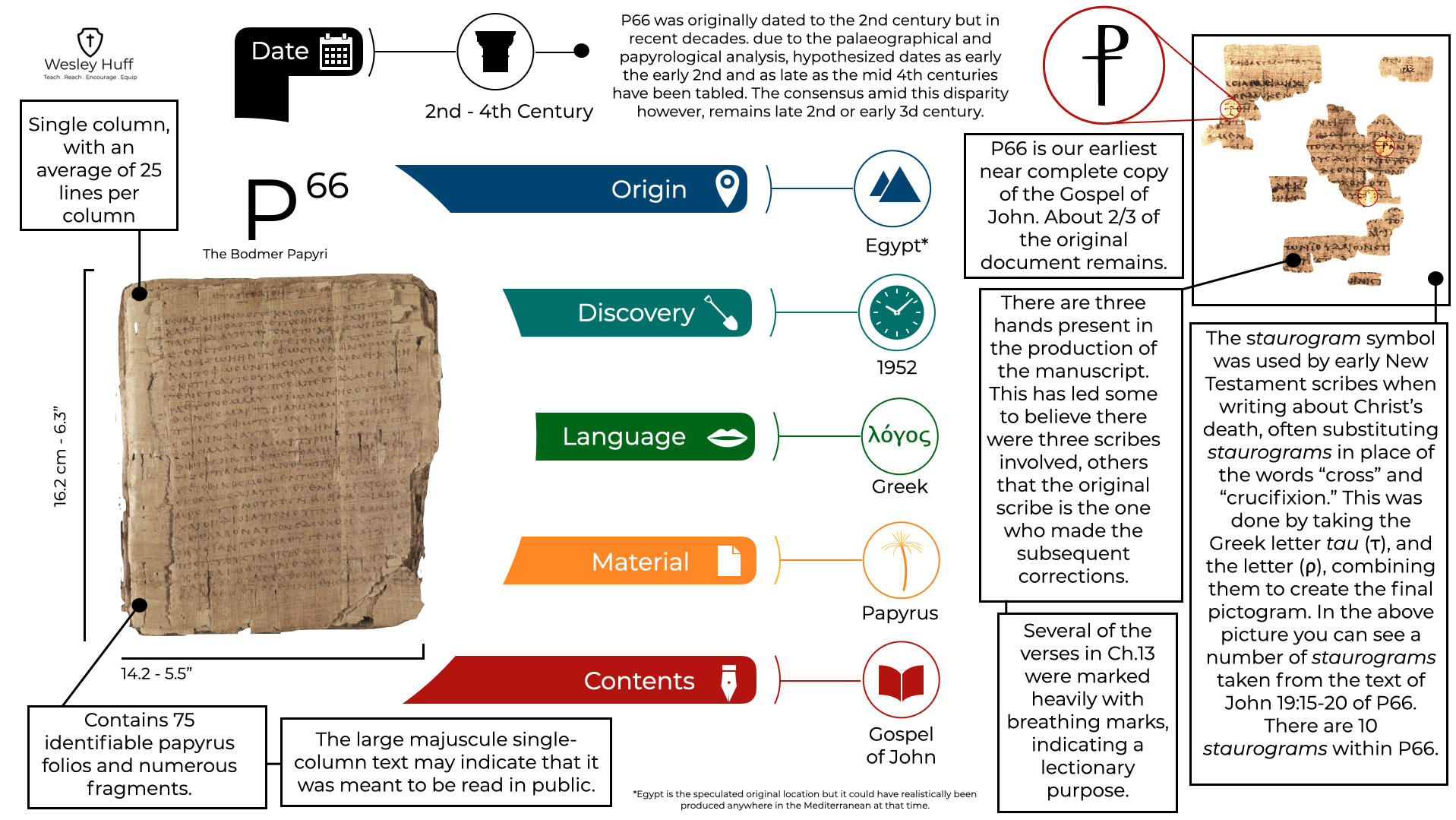What happened at Nicaea?
The first Council of Nicaea, which took place between May and August in 325 AD in what is now İznik, Turkey, was an ecumenical council called to deal with a specific theological problem. Its purpose was to sort out the Arian Controversy––a Trinitarian heresy being promoted by a presbyter in North Africa named Arius, teaching not only that the Son of God was eternally subordinate to the Father, but that the Son was not everlasting but created by God the Father at a specific point in time. Arius, in his letter to Alexandria, wrote that: “The Son, being begotten apart from time by the Father, and being created and founded before ages, did not exist before his generation… the Son is not eternal or co-equal or co-unoriginate with the Father” (Letter to Alexandria 4:458).
There is even a story that developed later that St. Nicholas (yes, good St. Nick himself), struck Arius in the face during Nicaea after Arius stood up and uttered his famous statement that, “there was a time when the Son was not.” While the visual of Santa punching heretics in the face makes for a good laugh and a fun story, the narrative developed later and cannot legitimately be tied to anything that actually happened historically at the council.
The end result of the assembly was what is now known as the Nicene Creed, along with twenty canon decrees and a synod epistle that went along with the creedal statement. Within all of these documents, Nicaea quotes the New Testament books as authoritative and acknowledged the supremacy and jurisdiction they held. All 318 members (even the unorthodox ones as far as we can tall) recognized the rule scripture possessed already, they did not invent the status it held. The twenty-seven books of the New Testament were being read, studied, preached, and declared as God’s holy Word hundreds of years before anyone at Nicaea was even born.
There is no evidence from any of the documents that came out of Nicaea nor from the testimony of witnesses and members who were there (Eusebius, Athanasius, or Eustathius, for example) that any part of the council had anything to do with choosing or establishing the canon of Scripture. So where did this idea originate from? Well, there are two possible sources where the myth could have originated and taken on a life of its own.
One of these options has ancient origins with the other being a little more contemporary. The first comes from a line in the commentary on Judith by Jerome (347–420 AD). In the preface to his work on Judith, Jerome states: “But since the Nicene Council is considered to have counted this book among the number of Scriptures, I have acquiesced to your request (or should I say demand!).”
It is important to note that Jerome’s statement does not necessarily mean that Nicaea chose books but could have merely discussed the topic and in the framework of that discussion included writings some may have considered Scripture. That does not mean they were Scripture and certainly doesn’t mean they bestowed any such documents with the authority of Scripture. The content of this single quote is a far cry from any type of vote, of which we have no evidence for. It is also key to take note that other key players present at Nicaea like Athanasius, Gregory of Nazianzus, and Hilary of Poitiers, all rejected Judith as canonical Scripture in their subsequent canon lists.
Judith likewise, is quite an odd candidate as it contains numerous blatant historical errors (saying Nebuchadnezzar was “king of Nineveh,” not of Babylon, for example) that both Jews and Christians over the centuries have pointed out as highly problematic. Given all of the evidence of what we can see definitively did take place at Nicaea, it is also possible that Jerome was simply incorrect, or that his statement did not intend to point to an instance of a vote of choice, but rather, a discussion that included books others supposed held some authority (for more on Jerome’s intentions see Ed Gallagher’s article in the Harvard Theological Review). Whatever the case this may or may not be where the first echoes of the whole “the Bible was chosen at Nicaea” started. Personally, however, I don’t think that’s where it came from. I think that the account derives its origins from a source a little closer to our time than Jerome of Stridon.
The Modern Nicaea Myth
Unlike a passing comment from Jerome, the way the narrative is so definitively presented in many modern forms appears to be from a pseudo-historical ninth-century Greek manuscript known as the Synodicon Vetus. The Synodicon Vetus claims to present information on church councils and synods from the first to the ninth centuries. At the section regarding Nicaea it says the following: “The council made manifest the canonical and apocryphal books in the following manner: placing them by the side of the divine table in the house of God, they prayed, entreating the Lord that the divinely inspired books might be found upon the table, and the spurious ones underneath; and it so happened.”
According to this document the source of what we now know as the New Testament canon originates from a miracle that took place when those present at Nicaea prayed over a collection of canonical and apocryphal books. The claim by this narrative is that the documents that were indeed “divinely inspired books” stayed on the table and those that were “spurious” found their way underneath it by miraculous means.
The Synodicon Vetus then appears to have been passed through the hands of a number of individuals over the centuries; the original Greek document eventually making its way into the possession of an individual named Andreas Darmasius in the sixteenth century. It was subsequently bought, edited, printed, and published by a German man at the beginning of the seventeenth century named John Pappus.
Pappus’ publication made its way into the hands of none other than the French Enlightenment thinker Voltaire, in the late seventeenth century. In Vol. 3 of Voltaire’s Philosophical Dictionary, under “Councils” he says: “We have already said that in the supplement to the Council of Nicaea it is related that the fathers, being much perplexed to find out which were authentic and which the apocryphal books of the Old and the New Testament, laid them all upon the altar, and the books which they were to reject fell to the ground. What a pity that so fine an ordeal has been lost!”
The publication of Synodicon Vetus in the seventeenth century, and the use of its narrative by Voltaire in his Dictionary, appears to be the origin of the modern myth. Dan Brown did not invent it, but he certainly took advantage of the story and ran with it. Since the advent of the internet, where both truth and falsehood can spread like wildfire and are even harder to tell apart, the “Council of Nicaea chose the books of the Bible” fable is sure to live on. However, when one actually evaluates the evidence of both what happened at Nicaea, as well as how the formation of the biblical canon came together, it is clear that anyone who is interested in the truth can see what did happen at Nicaea, of which had nothing to do with choosing or rejecting Scripture.
Conclusion
The early Christian communities were very concerned with truth—particularly when it came to what God had revealed. Discussions about recognizing (not choosing) the books that God had inspired took place centuries before Nicaea and would continue to be in the discussion for decades after. Nonetheless, what we can decisively see taking place at the Council of Nicaea was the quotation of the New and Old Testament books as authoritative and an acknowledgment of the supremacy and jurisdiction those books held. The participants recognized the rule Scripture possessed as God-breathed and authoritative already, they did not invent the status it held. The twenty-seven books of the New Testament were being read, studied, preached, and declared as God’s holy Word hundreds of years before anyone at Nicaea was even born.
There was no single individual or group that voted the books of Scripture into the Bible. Early Christians saw the authority that certain books held and acknowledged the authority they had. The Bible includes a list of authoritative books rather than being an authoritative list of books. The reliability and recognized inspiration of Scripture span millennia. This does not mean that there weren’t discussions about what was and wasn’t Scripture in the centuries following Christ’s death, there were. The church and its leaders went to painstaking lengths to verify the authenticity and connection of those books to an Apostle or someone who knew an Apostle and it did take time for the dust to settle on the canon of Scripture. But nothing of this process even remotely resembles the Da Vinci Code type narrative that we often hear.
Modern Christians can stand confident and firm in the historical tradition of the church leaders at Nicaea, recognizing Scripture as authoritative, true, and life-changing.






































![The Nag Hammadi codices in 1948. (Image adapted from Jean Doresse and Togo Mina, “Nouveaux textes gnostiques coptes découvertes en Haute-Egypte: La bibliothèque de Chenoboskion,” Vigiliae Christianae 3 [1949], 129-141, Figure 1; image appears cour…](https://images.squarespace-cdn.com/content/v1/5a21fbb649fc2b2179ec1ac4/1600789787902-XEFBW5LRNX7UJ5A8KNR9/Screen+Shot+2020-09-22+at+11.49.31+AM.png)


